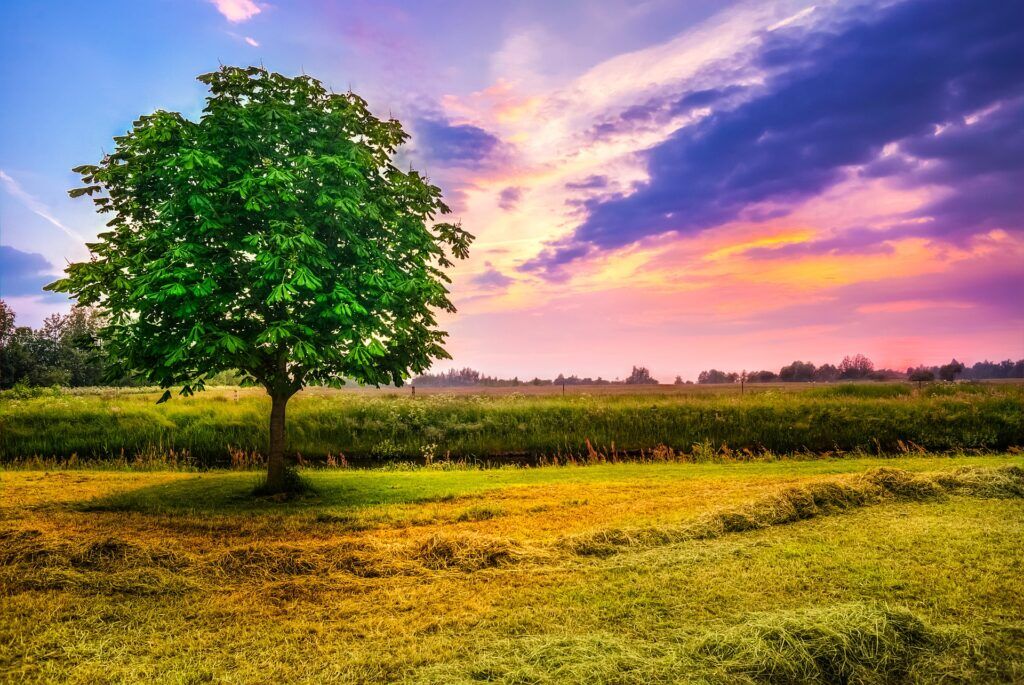“The best time to plant a tree is 20 years ago. The second best time is now.” Chinese Proverb

There is little, if any dispute among scientists and other experts about the many valuable qualities of trees. Even ordinary humans sense and experience the quiet, calm, serene feeling of walking through a grove of trees. As the effects of climate change increase and strengthen, the number one response from every quarter is “plant more trees”. Governments are pledging millions of dollars to the planting of trees, an initiative touted as the “number 1 technological response” to counteract global warming.
It is estimated that a healthy ecosystem with some kind of reasonable flood resilience will have 30 percent trees and 10% wetlands at a minimum. Windsor-Essex County is currently covered by about 3% trees and 1.5% wetlands at a maximum. While the great majority of municipalities and counties in the southern half of the province have tree-cutting by-laws that cover both public and private properties, Essex and Kent stand out on the Provincial map for their lack of regulation of tree cutting activities.
The many positive attributes of trees include:
- they filter particulate matter (pollution) out of the air;
- they absorb and store carbon dioxide (a primary greenhouse gas);
- they produce and give off oxygen so we can breathe easier (or at all);
- their shade cools both buildings and outdoor spaces (it can feel 15 F (8C) degrees cooler beneath an old oak or maple);
- they boost mental health (Japanese physicians are known to prescribe walks in the woods for some of their patients);
- they provide a bug banquet for birds as well as nesting habitat for them and other woodland creatures;
- their roots anchor soil and protect land from erosion by both wind and water;
- and, last but not least, trees increase property values.
They are an important and vital natural resource for communities.
In southern Ontario, we live in the Carolinian forest zone, with many varieties of hardwoods, deciduous trees, reaching their northern limits here. The estimated 75 different tree species found in this area of the province (swamp oaks, sycamore, black walnut, bur oak, hackberry, ironwood, bitternut hickory, to name a few) account for more than half of all the tree species found in Canada. With such choice, it should be easy to find native species to plant for almost any circumstance.
At LECC, as in many surrounding communities, tree cover has been decimated from several directions.
Of course, first and foremost, is the human factor: clearing woodlots for agriculture; bulldozing woodlots for maximum profitability/density in the construction of subdivisions; or simply cutting a tree because it’s “messy” (its leaves fall in the winter or it doesn’t fit with the landscaping plan). In addition to the deforestation toll at human hands, past decades have seen natural destruction via wind storms, flooding and beavers. Dutch Elm disease and the emerald ash borer have essentially eliminated these hardwoods from our landscape. Oak leaf wilt is moving into the area from Michigan, where it is estimated to have killed millions of trees. Beavers, re-inhabiting the area, are gnawing down the cottonwoods and willows that aptly line the edge of the marsh and are an essential component to curbing the effects of flooding.
Trees in many jurisdictions are considered municipal assets like roads and sewers, but they don’t require anywhere near the costs of upkeep of these manmade assets. They are environmental and survival necessities. Not only should we heed the advice of the ancient Chinese proverb and the directions of our, and most other international governments, to plant trees, but, on the flip side, let’s protect what we already have and stop cutting down our healthy trees for the good of our own health.
ERCA has done a comprehensive Big Creek Watershed Plan Natural Heritage Study which includes our Lake Erie Country Club marsh. You can download your own copy of ERCA LECC Marsh Evaluation
“What we do to the ecosystem, we do to ourselves” –John Hartig, GLIER scholar
Gloria Mitchell, Environmental Awareness Representative, March, 2021
